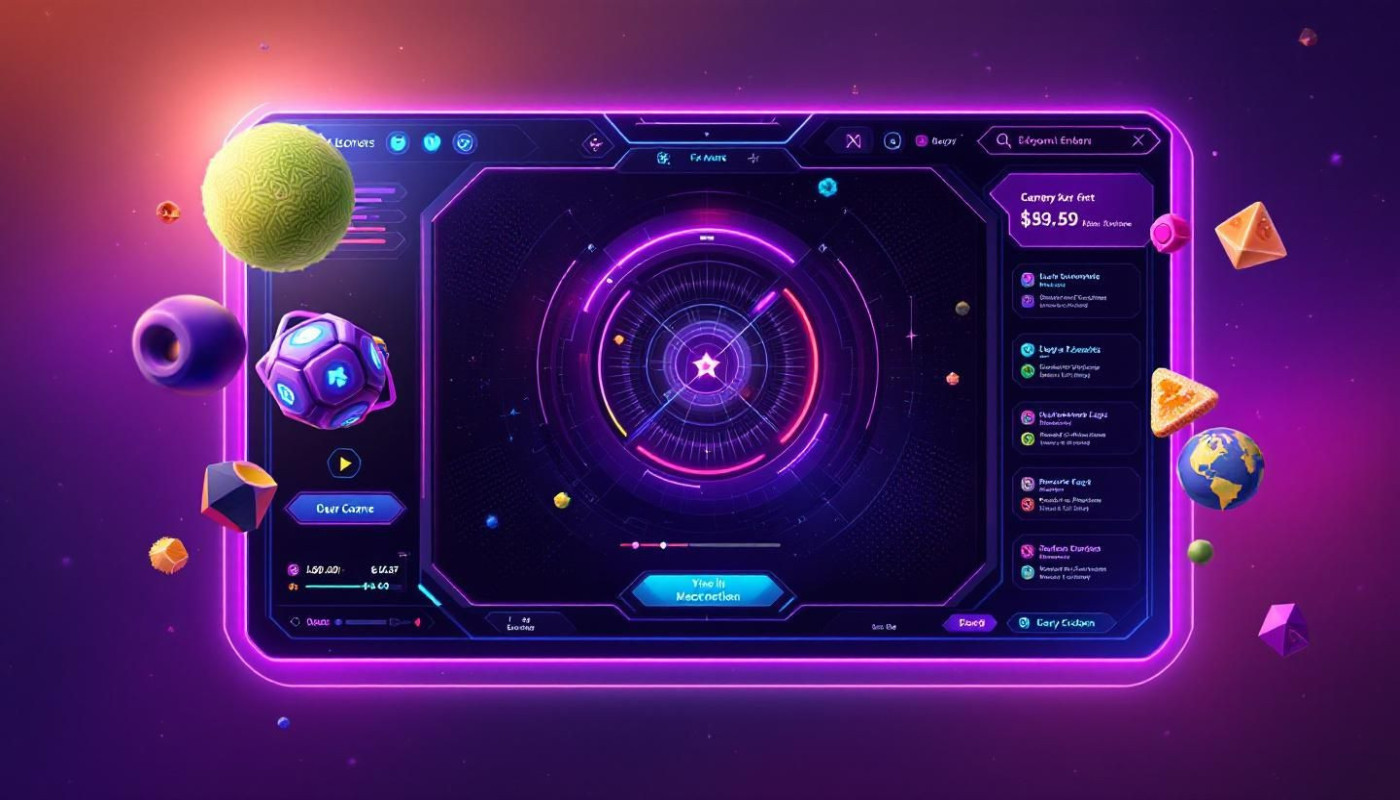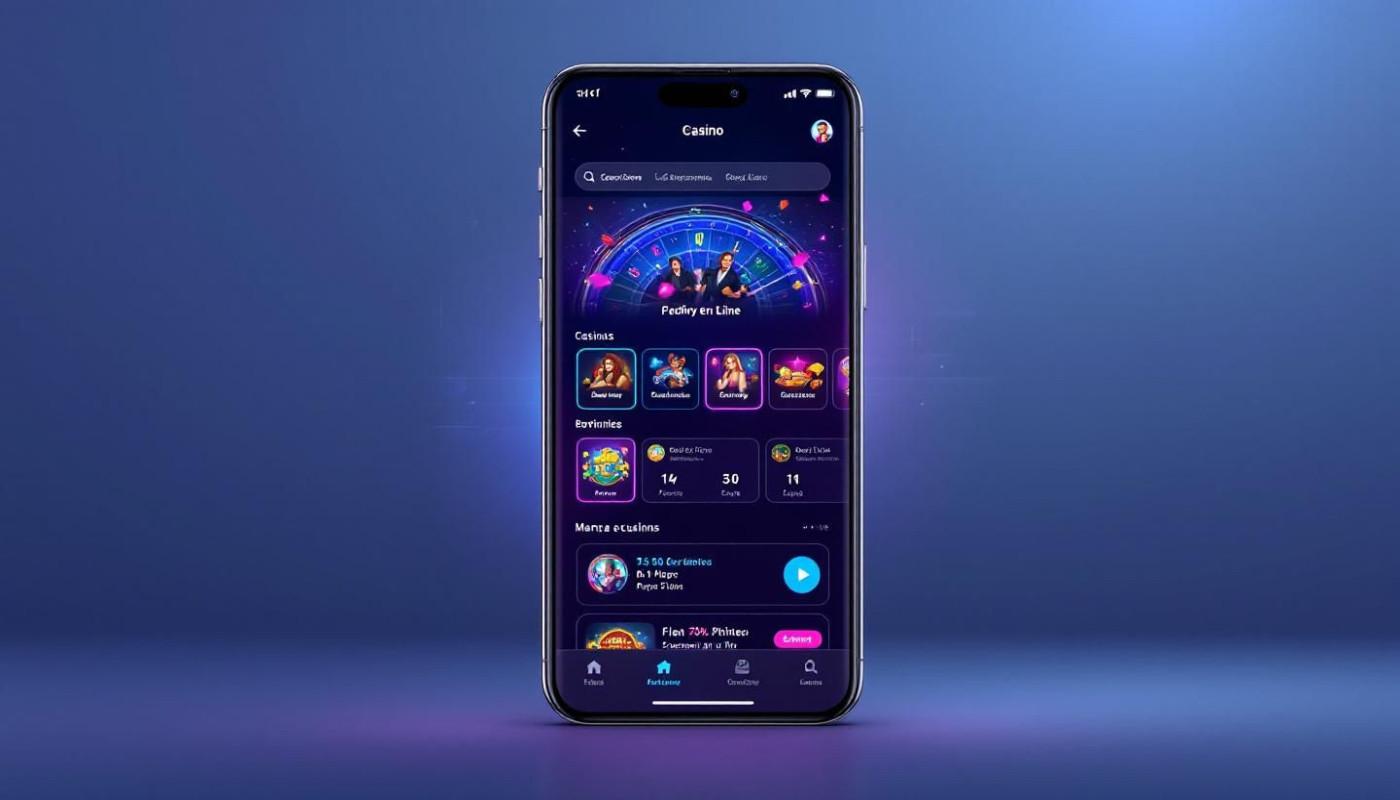Table of contents
Unlocking the secrets behind what keeps players coming back for more is a fascinating journey into the world of game mechanics and user engagement. By understanding the underlying principles, one can uncover how specific elements drive motivation and shape player behavior. Dive into the following paragraphs to explore how these mechanics influence engagement and discover strategies to maximize their impact.
Understanding core game mechanics
Core game mechanics are the foundational rules and systems that govern gameplay, directly shaping how players interact with digital environments and determining the overall gaming experience. In any well-designed title, these mechanics—such as the progression system, risk-reward frameworks, and feedback loops—work together to create a compelling and immersive journey. The progression system, for example, provides structured advancement, allowing players to unlock new abilities, levels, or content as they invest time and skill. This continuous sense of growth is a significant factor in player motivation, offering tangible goals and a clear sense of achievement.
Risk-reward systems further elevate engagement by challenging players to weigh potential gains against possible setbacks, introducing strategic decision-making and emotional investment in outcomes. This balance keeps gameplay dynamic and unpredictable, preventing monotony and encouraging players to refine their approach. Feedback loops serve as another vital element, instantly communicating the impact of a player's actions through rewards, penalties, or narrative changes. These loops not only reinforce desired behaviors but also foster a strong connection between a player's choices and their consequences, heightening user engagement and satisfaction.
Effective game mechanics are meticulously calibrated to support a seamless, motivating experience, where each component—progression system, risk-reward, and feedback loops—contributes to a cohesive whole. When executed with precision, these elements keep users invested, nurturing long-term interest and deepening their emotional attachment to the game world. The interplay of these mechanics is at the heart of successful game design, illustrating how deliberate system architecture can drive both initial attraction and sustained user engagement.
Psychology behind player motivation
Player motivation within gaming environments is shaped by a blend of psychological principles, notably self-determination theory and the pursuit of a flow state. Self-determination theory outlines how autonomy, competence, and relatedness influence engagement, making it crucial for game designers to create mechanics that empower players with meaningful choices and a sense of progression. Achieving a flow state, where a player is fully immersed and loses track of time, relies on balancing challenge and skill level—mechanics must adapt dynamically to sustain this harmonious state. Leveraging both intrinsic rewards, such as a sense of mastery or narrative achievement, and extrinsic rewards, like leaderboards or collectible items, can further deepen player motivation. By integrating these principles, developers not only cater to diverse player preferences but also elevate overall engagement through a nuanced understanding of behavioral psychology as it applies to gaming.
Balancing challenge and accessibility
Creating a satisfying balance between game difficulty and accessibility is vital for ensuring that both newcomers and veteran players remain engaged throughout their experience. If a game is too demanding, new players may become frustrated and abandon it early, while overly simple gameplay may bore seasoned users, negatively affecting player retention. Adaptive difficulty systems have become a powerful tool in addressing this issue, allowing games to dynamically adjust the challenge based on a player's skill level, thus sustaining motivation and interest. A well-crafted onboarding process, featuring clear tutorials and smooth progression of complexity, serves to welcome beginners without alienating experienced users who seek a deeper challenge.
Accessibility options are now recognized as a key factor in broadening the appeal of interactive entertainment. Features such as customizable controls, scalable interface elements, and support for various input devices enable people with diverse abilities to enjoy gaming on equal terms. Ensuring that these options are available not only fulfills ethical responsibilities but also expands the potential player base. When onboarding is designed with accessibility in mind, first impressions are more likely to be positive, reducing early drop-off and supporting long-term engagement.
The integration of adaptive challenge mechanics helps maintain an optimal level of tension and satisfaction for all players. By constantly measuring user performance and responding with suitable adjustments, developers can create a sense of mastery without overwhelming or patronizing anyone. Studios such as rabbit road casino exemplify how thoughtful implementation of game difficulty and player-centric features can drive sustained engagement and loyalty. Their offerings demonstrate that when both accessibility options and adaptive difficulty are prioritized, user experience is greatly enhanced, leading to improved retention rates.
Ultimately, the importance of balancing game difficulty with flexible onboarding and robust accessibility options cannot be overstated. These elements work together to deliver a more inclusive and rewarding experience, ensuring that every player feels valued and challenged at an appropriate level. Adaptive challenge models, when implemented by user experience specialists, become a cornerstone of effective engagement strategies in interactive entertainment.
Social dynamics in gaming experiences
Social interaction is a driving force behind the success of many multiplayer games, significantly boosting community engagement and user retention. Game mechanics that emphasize cooperative play, such as team-based missions or shared objectives, create opportunities for players to work together, forge alliances, and build lasting relationships. In addition, competitive mechanics—like ranked matches and real-time duels—tap into players' desire for achievement and recognition, often stimulating ongoing participation. Features such as in-game communication tools, including chat systems and voice channels, further enhance these dynamics by enabling strategic planning and social bonding.
Game leaderboards play a pivotal role in fostering both competition and camaraderie by publicly displaying player achievements and rankings, encouraging users to improve their skills and engage more frequently. Group challenges and guild systems not only facilitate cooperative play but also cultivate a sense of belonging and mutual support among members. These mechanics transform solitary gameplay into a shared, socially rich experience, making social interaction a cornerstone of long-term engagement in digital gaming communities. Through these elements, games successfully balance the thrill of competition with the benefits of collaboration, deepening user commitment and expanding the reach of community engagement.
Measuring and optimizing engagement
User engagement analytics provide developers with a comprehensive understanding of how players interact with game mechanics, enabling data-driven decisions that enhance overall experience. Monitoring engagement metrics, such as session duration, retention rate, and in-game actions, offers valuable insights into what captivates users and where drop-offs occur. Utilizing A/B testing allows for the systematic evaluation of different features or mechanics by presenting variations to segments of the player base and comparing the outcome, thus isolating the most effective elements for driving engagement.
Iterative design is central to optimizing engagement, as it encourages a cycle of continuous refinement based on concrete player data. By analyzing player feedback, developers can identify pain points, preferences, and unexpected behaviors, informing targeted adjustments in future updates. This feedback loop, when integrated with robust user engagement analytics, significantly boosts the capacity to respond to player needs proactively, ensuring that each design iteration brings measurable improvements in satisfaction and interaction.
Actionable strategies for maximizing engagement hinge on the seamless integration of these methods. Establishing clear engagement metrics, conducting regular A/B testing, and fostering open channels for player feedback enable studios to fine-tune game mechanics in real time. Through this combination of analytics and iterative design, games can adapt to evolving player expectations and trends, setting a foundation for sustained success and fostering a loyal community around the game.










